A Consummate Pest
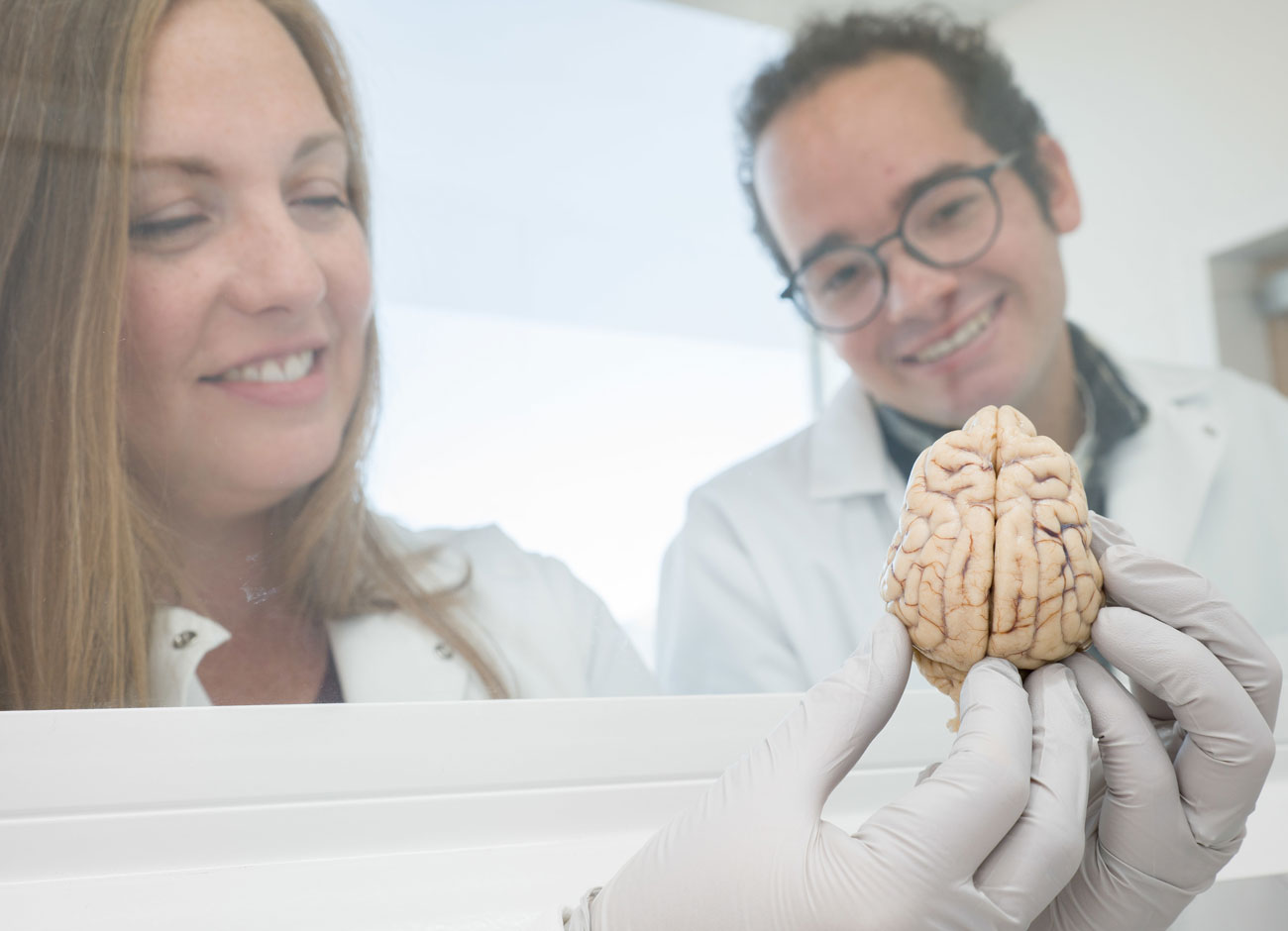
A coyote brain is about the size and shape of a small avocado.
One easily fits cradled inside the gloved palm of Sara Freeman, an assistant professor of biology at Utah State University, whose lab is one of the few studying the wild canid for clues about the neuroscience of social bonds.
“Coyotes are very well studied, it’s just in the context of wildlife biology,” Freeman explains. “There is a lot known about what they are afraid of, what they are attracted to, what they eat, what their poop looks like, population dynamics, and body size. But what I’m interested in about coyotes is not being studied by very many people. I study social attachment.”
Her work traditionally parses the neurobiological factors of social function in animals with the goal of identifying biomarkers for behavioral and psychiatric conditions in humans such as autism. Over the years she has studied fruit flies, rodents, and primates. Now Freeman wants to know how two hormones associated with attachment — oxytocin and vasopressin — regulate social behavior in coyotes. Yes, coyotes, those wily tricksters often considered a nuisance that occasionally attack pets and livestock. Freeman’s lab is exploring their softer side and whether they may be a model species for understanding human social behavior.
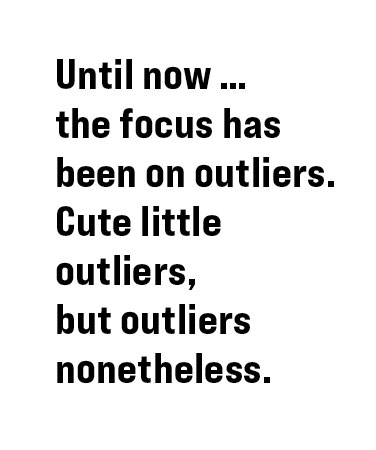
That’s because coyotes are one of the few mammals that exhibit monogamy in the animal kingdom. This, Freeman explains, has little to do with sexual fidelity — monogamy in the biological sense means that animals form a strong, long-lasting attachment to one another, defend a shared territory, and raise young together. Estimates suggest that between 3 and 9% of mammals exhibit monogamous behavior, with even rarer instances in rodents — the old standby for animal models in science. The figure creeps up to about 25% of primates. In canids — wolves, foxes, and coyotes — monogamy is the rule, rather than the exception.
“Every single species of wild canid that has been studied exhibits monogamy, at least in some environments,” Freeman says. “We seem to have missed an opportunity to dig into the mechanisms of pair bonding in a very intelligent, very adaptable, very broad family of mammals that displays monogamy ubiquitously, rather than focusing on these rarities in rodents and primates.”
Until now, she says, most of the research into how oxytocin and vasopressin influence pair bonding and social attachment has been done in prairie voles and titi monkeys. In other words, the focus has been on outliers. Cute little outliers, but outliers nonetheless. By examining coyotes, Freeman’s lab can test how generalizable the knowledge accumulated over the last few decades is across monogamous mammals, and potentially, how applicable it is to humans.
Her team’s expansion into new territory is the fortuitous result of proximity. Freeman’s lab has access to study the coyote population at the USDA National Wildlife Research Center 8 miles south of the USU Logan campus in Millville. The 165-acre facility maintains about 100 coyotes on site to study the ecology and behavior of predators, such as coyotes, to identify new management methods and strategies for reducing livestock predation and related conflicts.
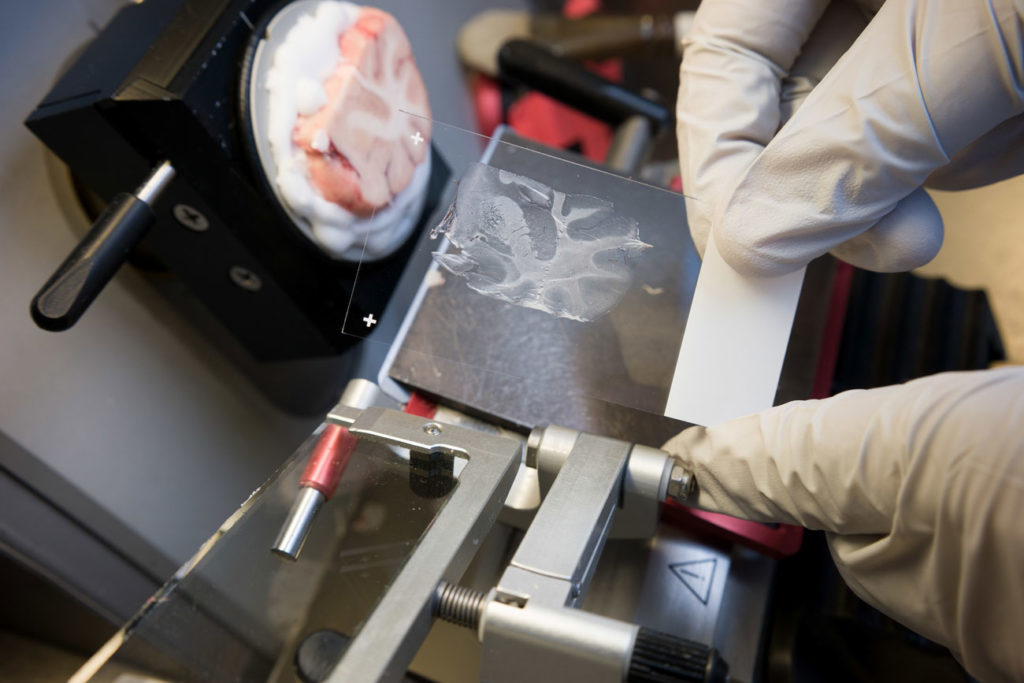
But to begin this new line of research, Freeman’s team needs to establish a baseline. And that starts with a deep dive into the coyote brain.
The tissue samples are opportunistically acquired when an animal dies or has to be euthanized at the facility for other reasons. Matthew Webb, a senior biology major, spent the last year slicing the tissue into layers finer than a wisp of human hair to map the location of receptors for oxytocin and vasopressin. Now, you’ve likely heard of oxytocin —often referenced as the “love hormone” for its role in maternal bonding and release during orgasm. Vasopressin, though nearly identical in chemical structure, gets far less attention. While it also relates to bonding, particularly with males, vasopressin is linked to less warm and cuddly behavior like territoriality.
Webb came to Utah State to study biology and genetics and emailed Freeman when he saw that she was recruiting undergraduate researchers. And for the last year he immersed himself in the world of tissue staining, DNA analysis, and pondering the coyote for the first time in his life.
“I knew that coyotes were related to dogs and were considered a pest in Utah, Nevada, and Idaho,” he says. “That’s really all I knew.”
And now?
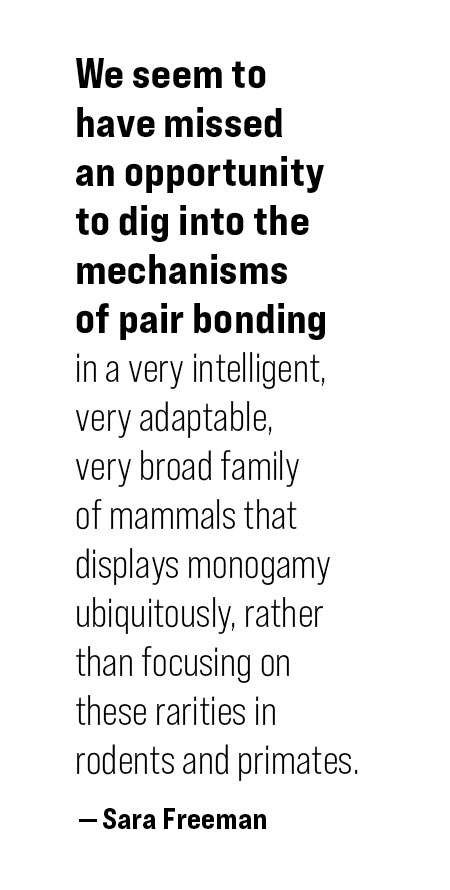
“I think they are amazing creatures,” Webb says. “Learning that they are monogamous, that they have a pair mate that they will live with for most of their life and choose to be around, is kind of amazing to think about. It shows that they are not this wild beast roaming around alone, but they have some type of connection with each other.”
However, that connection is not well understood. Studying the role oxytocin and vasopressin play may help.
Freeman helped Webb apply for an Undergraduate Research and Creative Opportunities grant to sequence the gene that creates the protein receptors for oxytocin and vasopressin in coyotes. This is one of two techniques Webb used to map the hormone receptors. The first method used a chemical antagonist to bind to receptor sites.
“Then we can use autoradiography, or radiation, to visualize where there are huge concentrations [of these hormone receptors] in the brain,” he explains.
The URCO-funded method involved sequencing the gene using mRNA for the receptor proteins. Both techniques find concentrations of receptor sites in the brain and to verify and refine their locations.
“We are the first to try to sequence these oxytocin and vasopressin receptor genes [in the coyote],” Webb says. “The database that I use, there is almost nothing on coyote DNA. It’s a very specific organism that most people haven’t used as a model organism yet.”
Webb’s work will allow Freeman to build a better toolbox as she extends this line of research. Because what works in lab tests with prairie voles may not hold for coyotes.
“In order to do any work in an animal to try to figure out how these hormones are functioning, you have to have tools to pick apart the system,” Freeman says. “And we just don’t really know how a lot of these tools work in coyotes because no one has done it before, so a lot of this work is validation and optimization.”
She pulls up a slide on her computer screen showing some of Webb’s work. Among a sea of lavender cell nuclei, mottled blue and red islands mark the presence of vasopressin and oxytocin receptor mRNA.
“Having Matthew work over the summer was crucial,” Freeman says. “He was able to do DNA extractions, design primer sequence DNA, send it out, analyze it, and run those tissue sections so we could start asking questions about gene expression in the brain.”
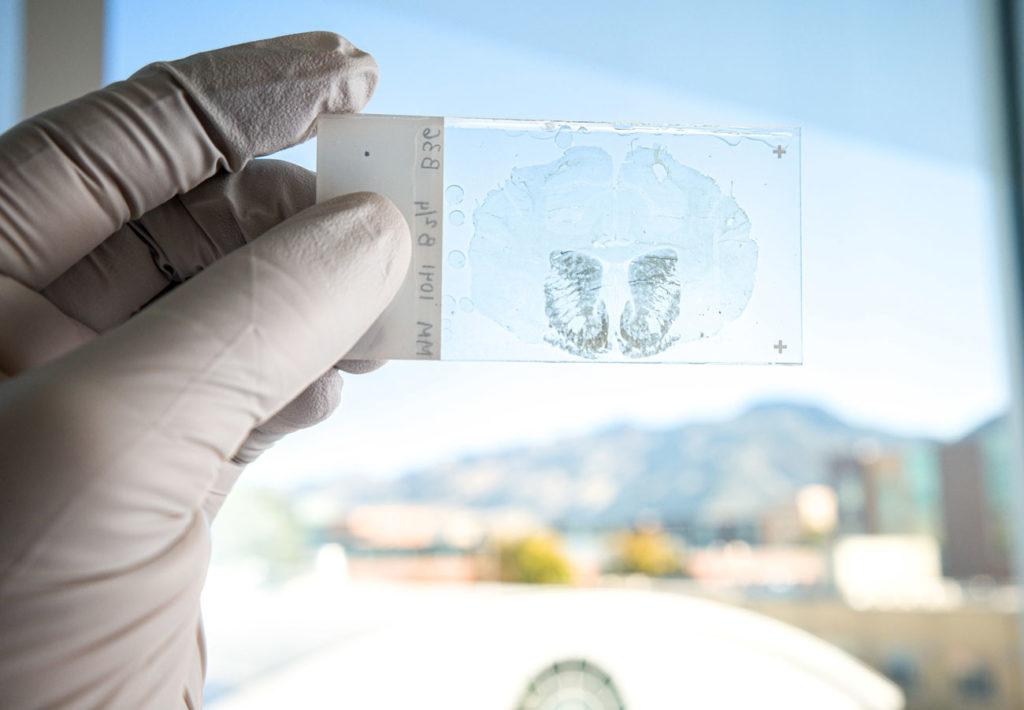
This year Webb will examine if hormone receptor concentrations decrease in tissue samples of coyotes that lost their mate. Another arm of Freeman’s research team is busy documenting coyote behavior at the wildlife facility. Researchers outfitted bonded coyote pairs with lightweight collars that ping when the animals come within one body length of each other, recording the date, time, and duration of the visit. It’s possible the work may even shape our understanding of humankind’s relationship with dogs.
“Humans and dogs obviously have an incredible capacity for selective bonding,” Freeman says. “But dogs don’t form monogamous attachments to each other. When you mate two dogs together, they don’t form an attachment. We have domesticated monogamy out of dogs, but they still retain this incredible capacity to form bonds to us.”
She hopes to further expand the lab’s research in this area with donated tissue samples from dogs and wolves — even house cats.
“Maybe someday I will be able to answer the question, do cats or dogs love us more,” she laughs.
But for now, the focus is coyotes — an animal so ubiquitous it’s easily overlooked, a creature so reviled it has a bounty on its head in the state of Utah. And yet, they survive.
“I think with coyotes there is something really intrinsic to North American humanity,” Freeman muses. “They are very smart and we are very smart. They live everywhere and we have infiltrated everywhere. They have families and we have families. They form pair-bonds and we do.”
Maybe we’re more alike that we think.





